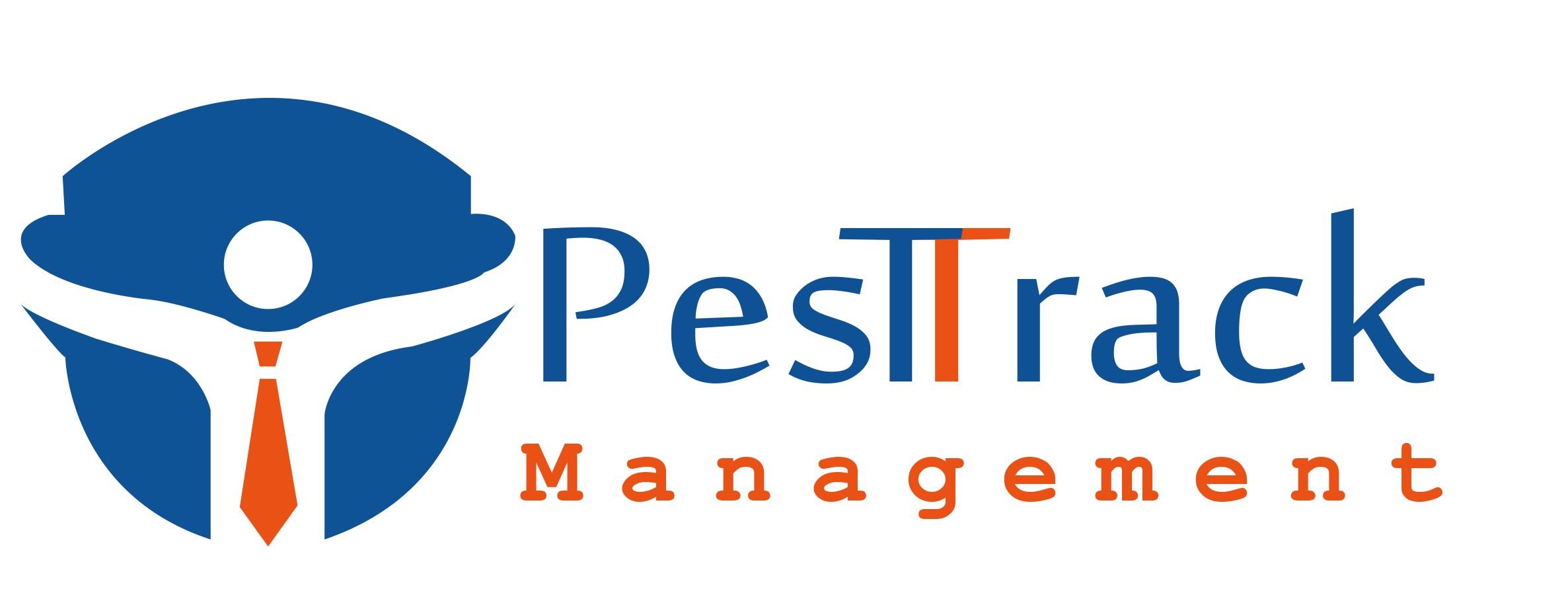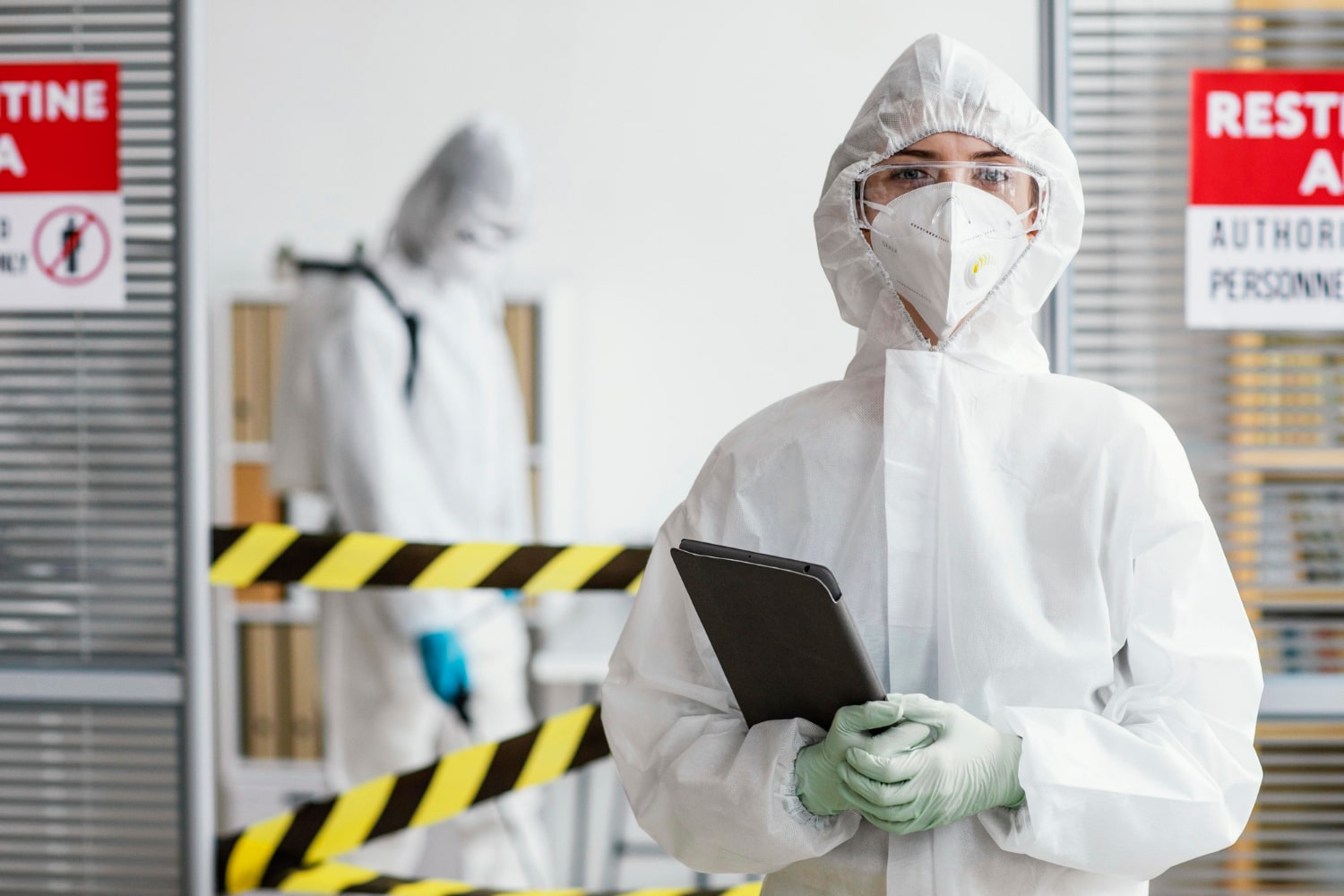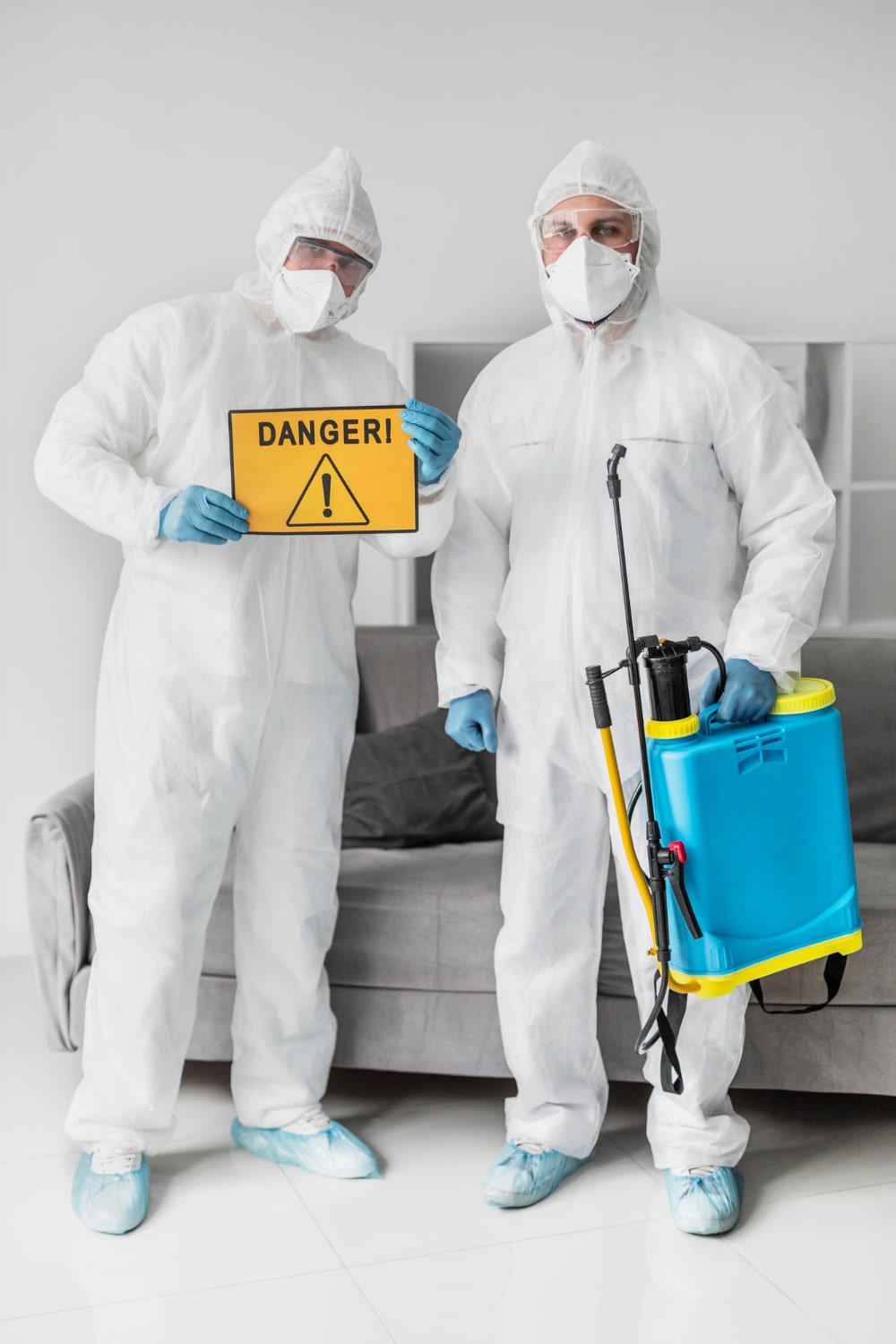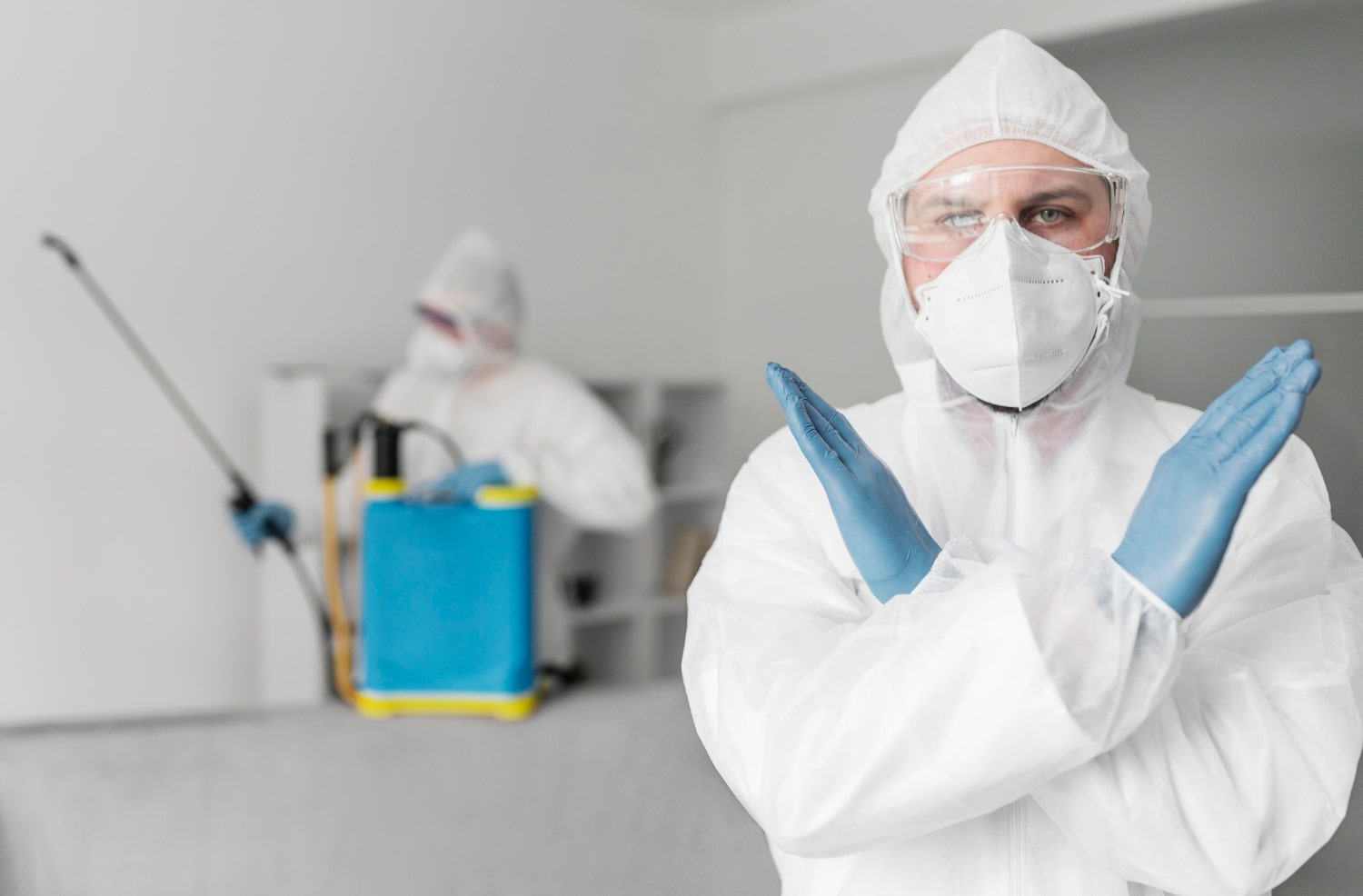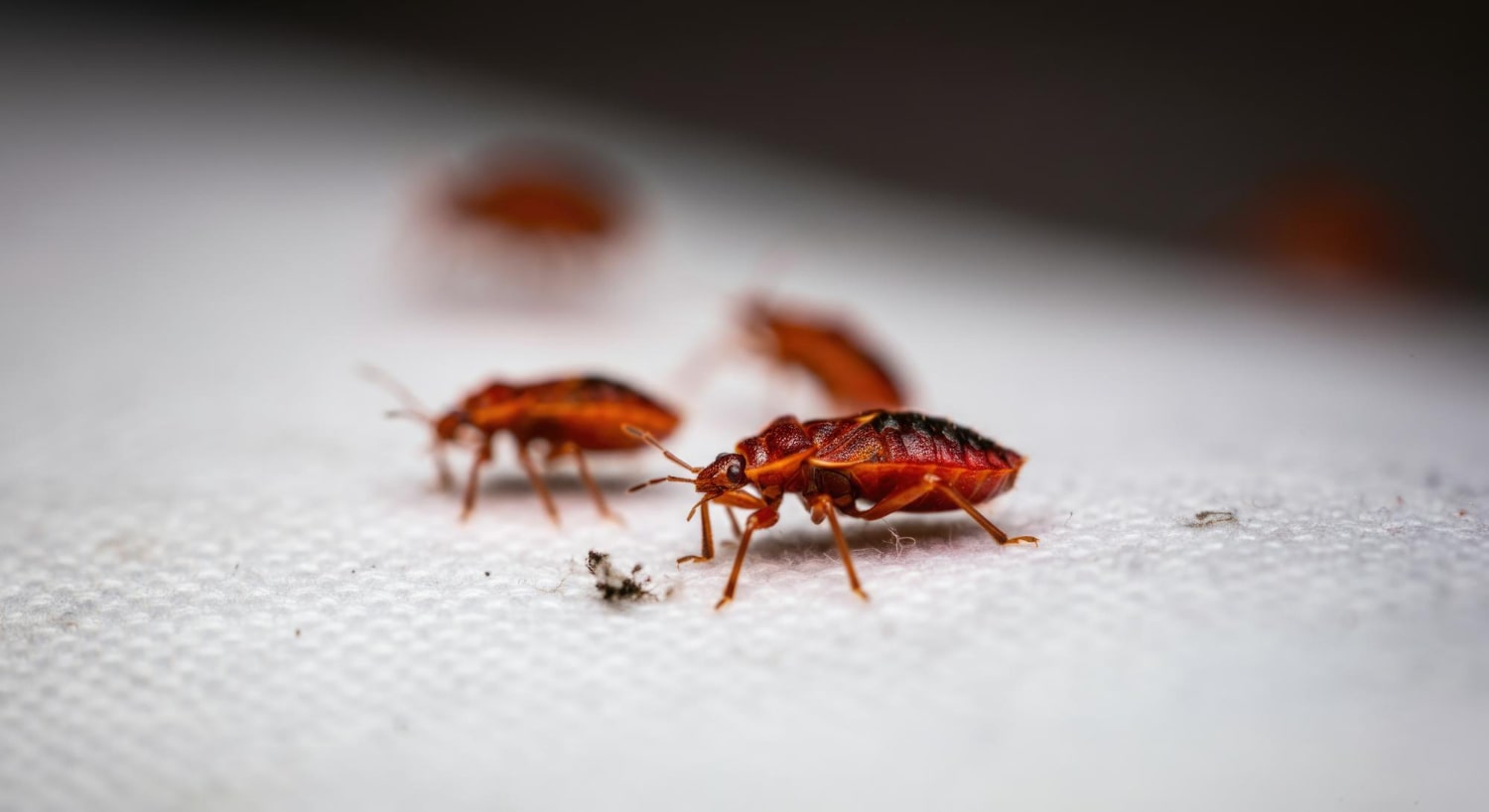Organic Pest Control: Is It as Effective as Chemical Treatments?
Introduction
In today’s eco-conscious world, many homeowners and businesses are rethinking traditional ways of handling pest issues. With rising concerns about chemical residues, toxicity, and environmental safety, organic pest control methods have gained significant traction. But the big question remains—can they truly match the efficiency of chemical-based treatments?
This guide takes a deep dive into the effectiveness of organic alternatives compared to their chemical counterparts. Whether you’re looking to eliminate termites, roaches, ants, or rodents, understanding the options can help you make the most informed decision for your property and family.
What Is Organic Pest Control?
Organic pest control refers to the use of natural, non-synthetic substances and methods to manage unwanted pests. Instead of relying on harsh industrial-grade chemicals, these solutions may include:
• Neem oil
• Diatomaceous earth
• Essential oils (like peppermint, eucalyptus, and tea tree)
• Biological agents (such as introducing predator insects)
• Traps and manual removal
The goal is to minimize harm to humans, pets, and beneficial insects like bees and butterflies, while maintaining a healthy indoor and outdoor environment.
How Chemical Treatments Work
Chemical treatments typically involve synthetic pesticides that kill pests on contact or through ingestion. These solutions can be:
• Residual sprays: Long-lasting surface sprays that continue to kill over time
• Fumigation: Gaseous chemicals that penetrate all areas of a space
• Baits and gels: Toxins that pests carry back to their colonies
Though highly effective and often fast-acting, the downside lies in potential health hazards and environmental impact, especially with improper or repeated use.
Effectiveness Comparison: Organic vs. Chemical
Organic Advantages:
1. Safe for Humans and Pets
Natural ingredients pose minimal health risks, especially in homes with children or animals.
2. Environmentally Friendly
They do not contaminate soil or water sources and are biodegradable.
3. Target-Specific
Often designed to deter only the target pest species without harming others.
4. Sustainable Use
Reduces long-term resistance that pests often develop with chemical solutions.
Organic Limitations:
• Slower results compared to synthetic pesticides
• Require frequent application or maintenance
• May not fully eliminate severe infestations without professional guidance
On the other hand, chemical pest control is ideal for immediate, heavy infestations but should be used responsibly and sparingly to avoid risks of overexposure or toxicity.
When to Choose Organic Methods
Organic options are best suited for:
• Preventive treatment in clean homes
• Mild infestations of ants, roaches, or bed bugs
• Outdoor gardens or organic farming
• Households with infants, elderly, or allergic individuals
• Schools, daycares, or food production areas
In these scenarios, using pest control solutions that prioritize natural ingredients helps build a safer ecosystem without sacrificing cleanliness and comfort.
Scientific Backing and Real-World Use
Several studies support the efficacy of natural pest solutions when used correctly. For instance:
• Neem oil has been proven to interrupt the life cycle of over 200 insect species.
• Diatomaceous earth, a powder made of fossilized algae, works by dehydrating insects upon contact.
• Boric acid, though natural, works as effectively as many synthetic roach killers when applied to high-traffic areas.
However, these approaches often require consistent application and monitoring. Unlike chemical foggers or sprays, organic methods typically don’t offer “one-and-done” results, especially in commercial or high-infestation zones.
Cost Considerations
Cost plays a major role in decision-making. While chemical treatments may seem more expensive upfront, they often require fewer applications.
Treatment Type Initial Cost Frequency Long-Term Cost
Organic Methods 800 – 2,000 Every 15–30 days Medium
Chemical Treatments 1,500 – 4,000 Once every 3–6 months Low (with follow-up)
Depending on the scale of the problem and the sensitivity of your space, combining both methods with professional pest control advice often gives the best results.
Best Practices for Any Approach
Regardless of the method you choose, effective pest control always requires good hygiene and maintenance practices:
• Seal entry points such as cracks or vents
• Store food in airtight containers
• Keep garbage tightly sealed and disposed of regularly
• Reduce moisture by fixing leaks and using dehumidifiers
• Trim shrubs and avoid plant overgrowth near the home
Integrating these steps with your chosen pest management plan can help you reduce infestations naturally and permanently.
The Hybrid Approach: Best of Both Worlds
Many modern providers now offer integrated pest management (IPM)—a combination of organic and low-toxicity chemical solutions based on the severity of infestation. This approach:
• Minimizes environmental harm
• Focuses on long-term prevention
• Uses chemical intervention only when necessary
• Educates homeowners on safe practices
Partnering with a professional who offers this balanced approach ensures that you benefit from both safety and efficiency in your pest control strategy.
Conclusion
The battle between organic and chemical pest control isn’t about which is universally better—it’s about choosing what’s right for your space, health priorities, and the severity of the problem. Organic treatments are excellent for prevention and minor infestations, while chemical methods are unmatched for severe outbreaks and quick results.When in doubt, speak with an expert who understands both approaches. Whether you’re protecting your home, office, or garden, the right method combined with ongoing maintenance is your best defense against pests.
